Then and Now 2: Independence Day
- POSTED ON: 11 Aug, 2017
- TOTAL VIEWS: 1728 Views
- POSTED BY: Bhavya Venkatesh
- ARTICLE POINTS: 100 Points
India celebrates 70 years of independence on August 15, 2017. Revisit these historical sites which had a part to play in India’s struggle for freedom and compare them with how they look today!
Move the slider from right to left to compare the ‘old’ pictures with the ‘new’.
1. Gateway of India, Mumbai
The Gateway of India is a monument on the Arabian Sea coast in Mumbai. After India gained its independence, the last British troops to leave the country passed through the Gateway on their way out, symbolising the end of the British rule in India.
Move the slider from right to left to compare the ‘old’ picture with the ‘new’.
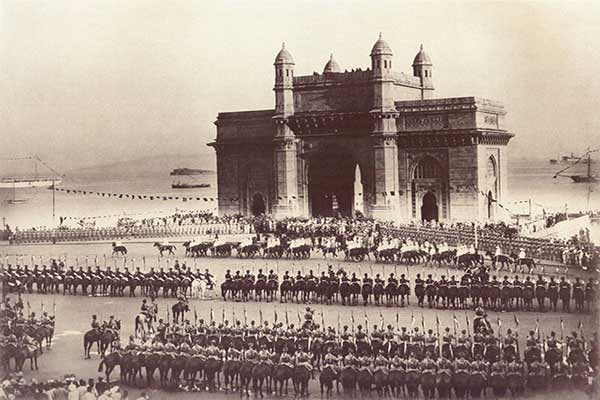
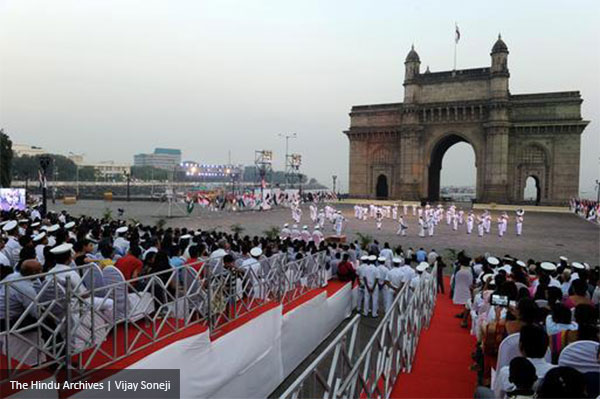
2. Cellular Jail, Andaman and Nicobar Islands
The Cellular Jail in the Andaman and Nicobar Islands was a prison that was used by the British to detain political prisoners. Many notable freedom fighters were imprisoned here. Today, the prison complex is a national memorial monument.
Move the slider from right to left to compare the ‘old’ picture with the ‘new’.
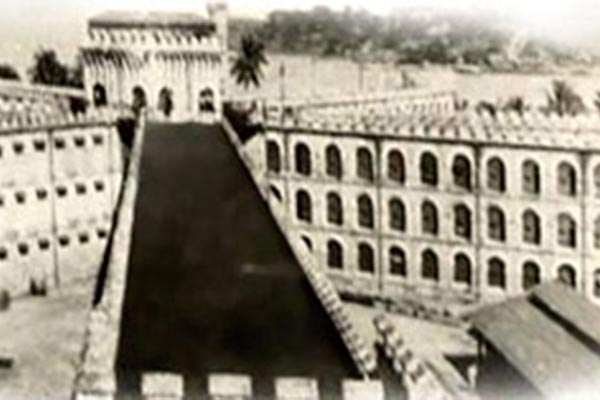
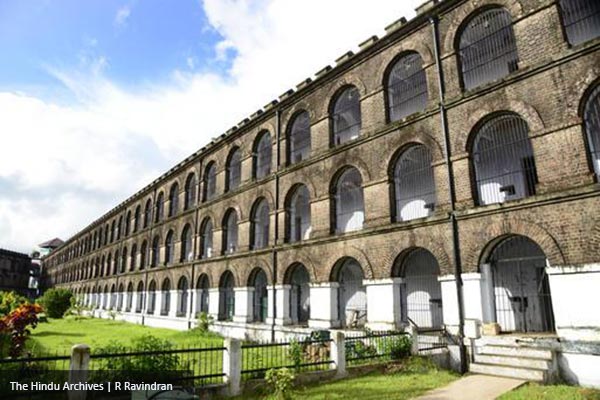
3. Red Fort, Delhi
The Red Fort has always played an important part in India’s history. It was here that Pandit Jawaharlal Nehru, the first Prime Minister of free India, hoisted the country’s national flag on August 15, 1947. Every Independence Day, the Prime Minister of India addresses the nation from its ramparts.
Move the slider from right to left to compare the ‘old’ picture with the ‘new’.
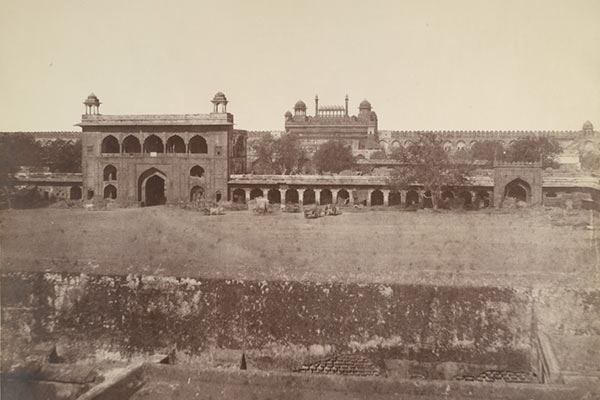
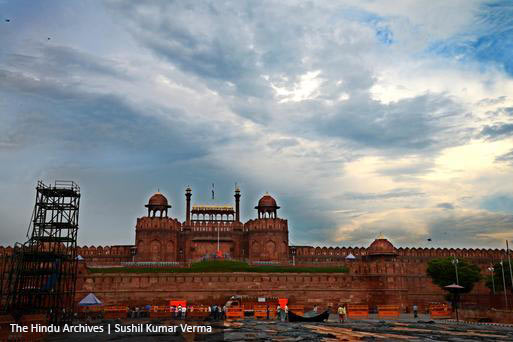
4. Aga Khan Palace, Pune
The Aga Khan Palace in Pune is a significant landmark in Indian history. It served as a jail for Mahatma Gandhi, Kasturba Gandhi and other freedom fighters during the Quit India movement. Today, the palace is also known as ‘Gandhi National Memorial’ owing to its close association with Mahatma Gandhi.
Move the slider from right to left to compare the ‘old’ picture with the ‘new’.
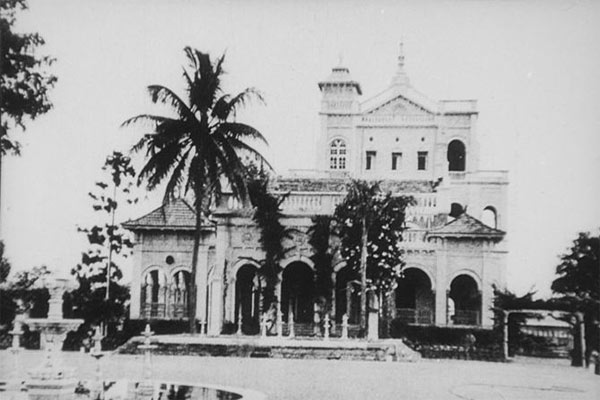
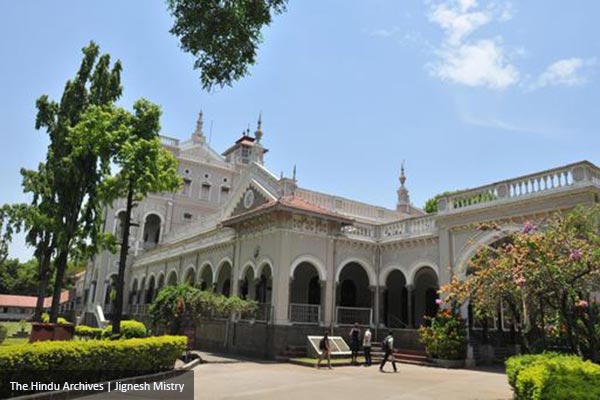
5. Jallianwala Bagh, Amritsar
The Jallianwala Bagh is a public garden in Amritsar. In 1919, British forces opened fire on a crowd that had gathered there to celebrate the festival of Baisakhi. Official estimates stated that 379 people had been killed in the massacre, but it was believed that actual figures were much higher. The bullet marks on the walls are visible even today.
Move the slider from right to left to compare the ‘old’ picture with the ‘new’.
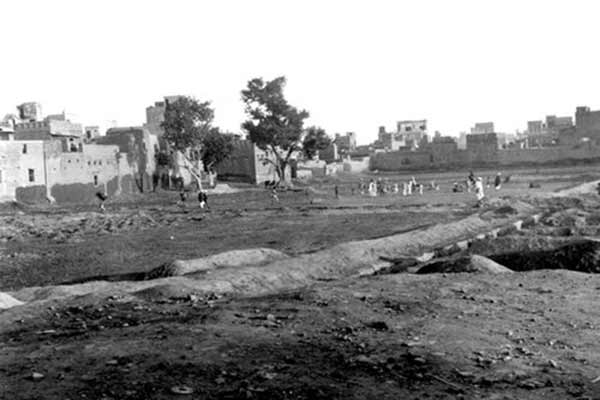
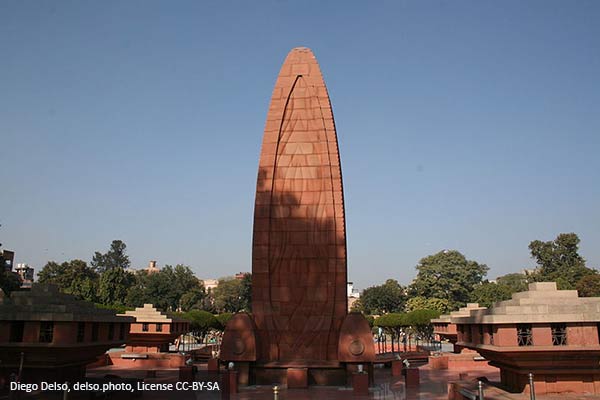
6. Prime Minister of India
Pandit Jawaharlal Nehru took the oath to become the first Prime Minister of free India on August 15, 1947. Today, the Prime Minister of India is Narendra Modi, seen in this photograph arriving at the Red Fort for Independence Day celebrations.
Move the slider from right to left to compare the ‘old’ picture with the ‘new’.
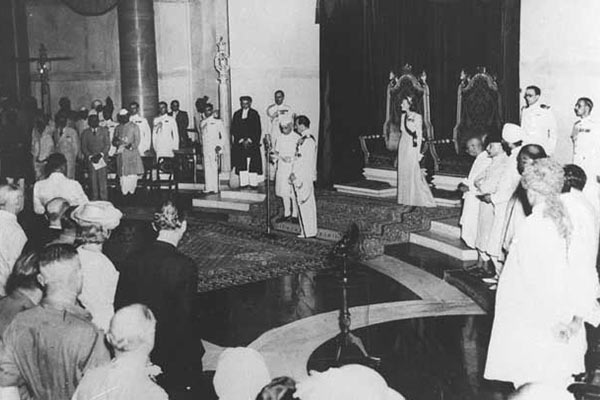
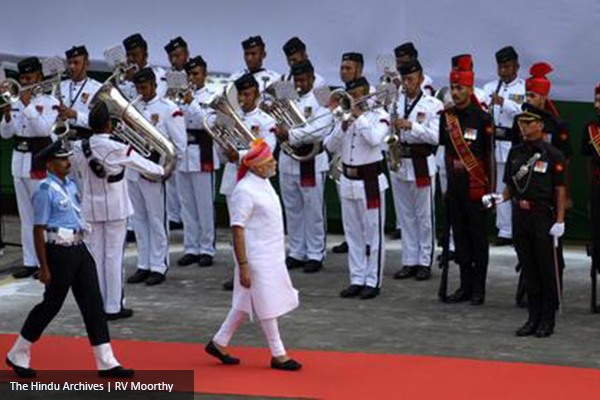
Cover photo: Paul Noronho, The Hindu Archives